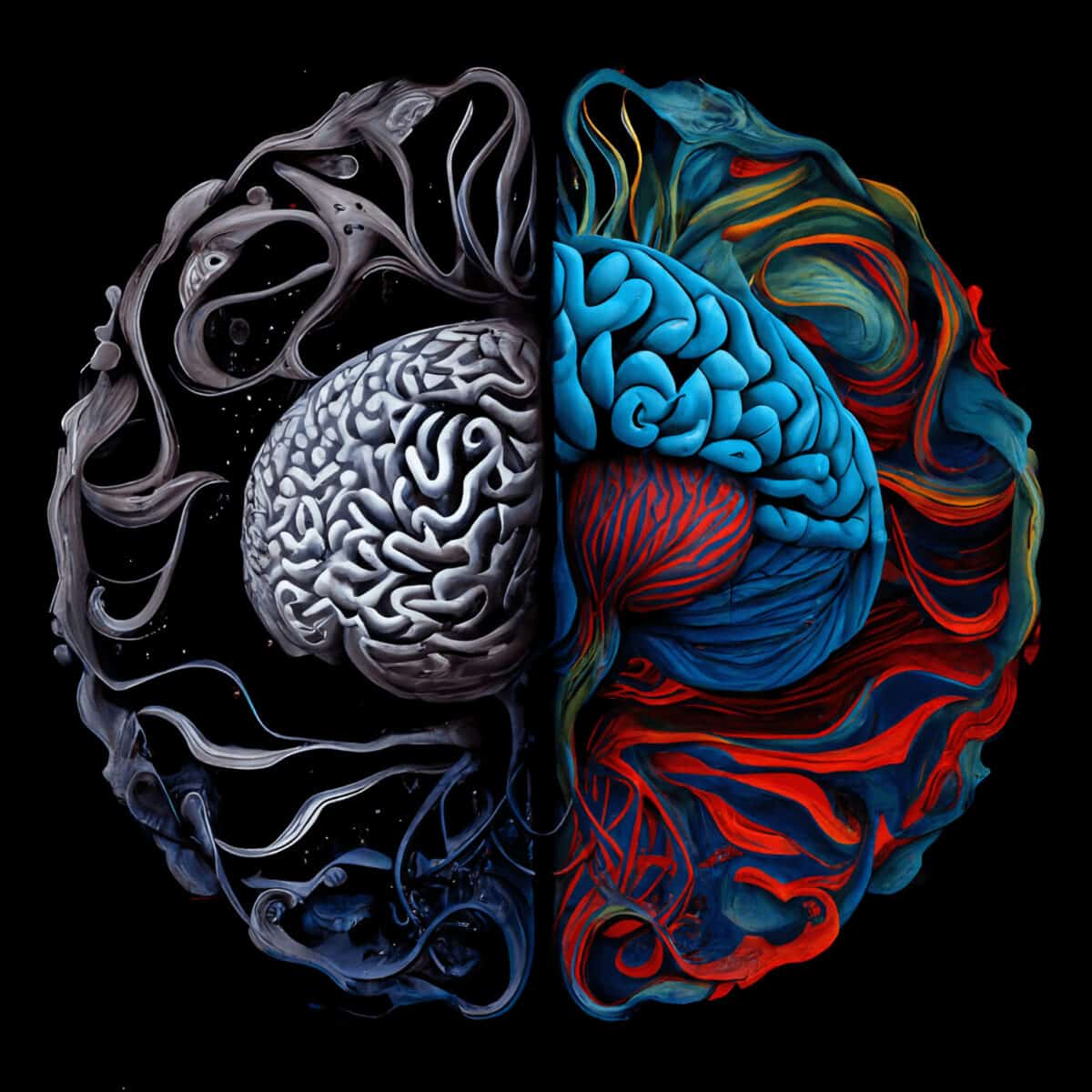Bipolar disorder causes changes in mood, energy, and activity levels. A person with bipolar disorder typically experiences at least one episode of “high” mood, or mania, and a period of “low” mood, or depression.
Mood Stabilizers for the Treatment of Comorbid Bipolar Disorder and cPTSD.
Bipolar disorder was previously known as hyper melancholy. It can seriously influence an individual's day to day routine. The particular impacts differs between people. With proper treatment and backing, many individuals with bipolar turmoil carry on with a full and useful life.
By and large, side effects start around age 25 years however can show up during the high school years or further down the road. It influences all individuals, paying little mind to sex.
This article further makes sense of what bipolar problem is. It goes over the side effects and kinds of the condition. At long last, it makes sense of the determination, treatment, and reasons for bipolar turmoil.
This study researched the connection between bipolar turmoil and oxidative pressure by distinguishing key center point qualities engaged with oxidative pressure pathways. Through different examinations including differential articulation, co-articulation network investigation, and protein collaboration network examination, 3 center qualities (TAC1, MAP2K1, and MAP2K4) were distinguished as likely biomarkers for bipolar turmoil. Useful improvement examination uncovered their contribution in neuronal flagging, oxidative phosphorylation, and metabolic pathways.
Bipolar disorder commonly runs in families: 80 to 90 percent of individuals with bipolar disorder have a relative with bipolar disorder or depression. Environmental factors such as stress, sleep disruption, and drugs and alcohol may trigger mood episodes in vulnerable people. Though the specific causes of bipolar disorder within the brain are unclear, an imbalance of brain chemicals is believed to lead to dysregulated brain activity. The average age of onset is 25 years old.
People with bipolar I disorder frequently have other mental disorders such as anxiety disorders, substance use disorders, and/or attention-deficit/hyperactivity disorder (ADHD). The risk of suicide is significantly higher among people with bipolar I disorder than among the general population.
Side effects of bipolar issue
As indicated by NAMI, bipolar confusion side effects differ between people. For certain individuals, an episode can keep going for a few days or weeksTrusted Source. Individuals with bipolar confusion additionally for the most part experience expanded periods without side effects.
These ways of behaving should address a change from the individual's standard way of behaving and be obvious to loved ones. Side effects should be sufficiently extreme to cause brokenness in work, family, or social exercises and obligations. Side effects of a hyper episode regularly require an individual to get emergency clinic care to remain safe.
Treatment and Management
Bipolar disorder symptoms commonly improve with treatment. Medication is the cornerstone of bipolar disorder treatment, though talk therapy (psychotherapy) can help many patients learn about their illness and adhere to medications, preventing future mood episodes.
Medications known as “mood stabilizers” (e.g., lithium) are the most commonly prescribed type of medications for bipolar disorder. These medications are believed to correct imbalanced brain signaling. Because bipolar disorder is a chronic illness in which mood episodes typically recur, ongoing preventive treatment is recommended. Bipolar disorder treatment is individualized; people with bipolar disorder may need to try different medications before finding what works best for them.
Types of bipolar disorder
Bipolar I disorder
Bipolar II disorder
Cyclothymia
Diagnosing bipolar disorder
An emotional well-being or medical services proficient can analyze bipolar turmoil utilizing standards set out in the Symptomatic and Measurable Manual of Mental Issues, fifth version, text modification (DSM-5-TR).
To get a finding of bipolar II issue, an individual priority experienced no less than one pattern of hypomania and wretchedness.
A medical care proficient may carry out an actual assessment and request a few symptomatic tests, including blood and pee tests, to assist with precluding different reasons for side effects.
It tends to be trying for a medical services proficient to analyze bipolar turmoil. Individuals are bound to look for assist with a low state of mind than a high state of mind. Thus, it very well may be challenging for a medical care proficient to recognize it from despondency.
What Are Bipolar Disorders?

What Are Bipolar Disorders?
Find Doctors / Need a Help ? Contact Us
